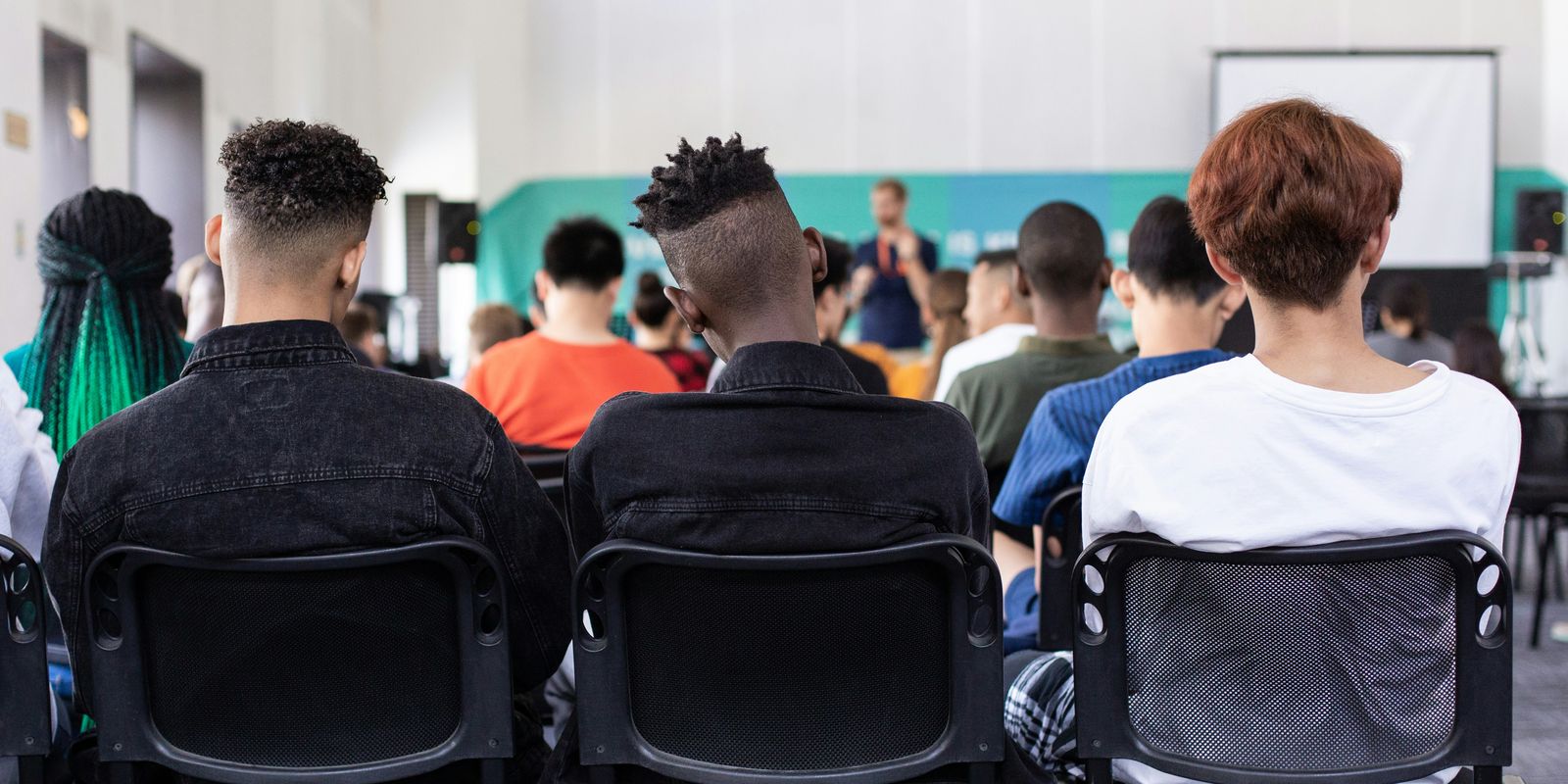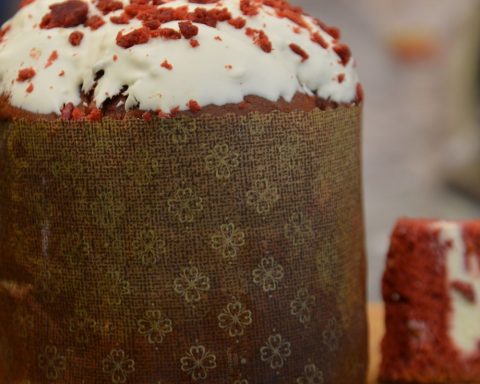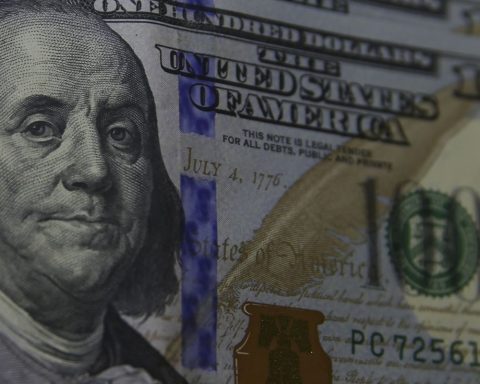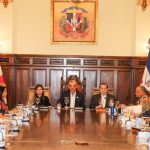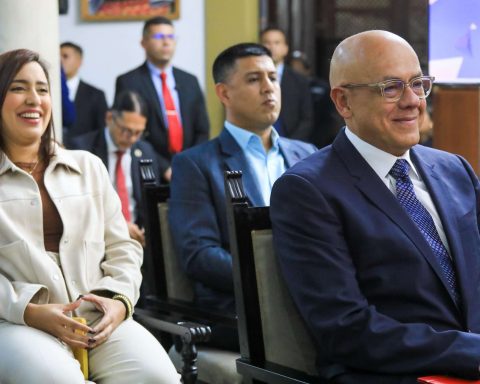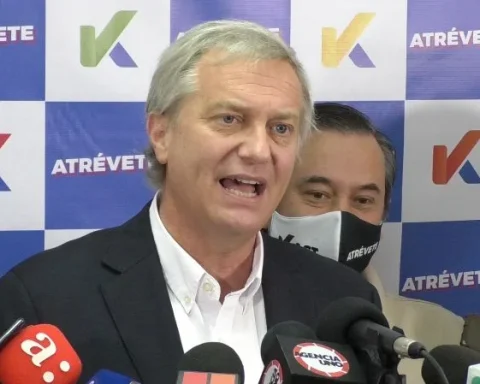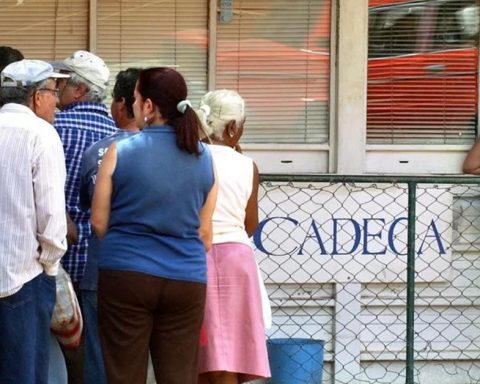In Brazil, each year between 2015 and 2021, public investment in education fell by an average of 2.5%, according to the international report Education at a Glance (EaG) 2024, released this Tuesday (10) by the Organization for Economic Cooperation and Development (OECD). Unlike Brazil, in the same period, OECD countries increased public investment in education by an average of 2.1% per year, from elementary to higher education.
In absolute terms, Brazil also invests less than the average for OECD countries. The country invests, on average, US$3,668 per year per student in primary schools, equivalent to approximately R$20,500. OECD countries invest, on average, US$11,914, or R$66,500. In secondary education, these expenditures reach US$4,058, or R$22,600. OECD countries invest US$12,713, or R$71,000. In higher education, this investment reaches US$13,569 (R$75,800) in Brazil and US$17,138 (R$95,700) among OECD countries.
The share of public spending on education in relation to total government spending decreased from 11.2% in 2015 to 10.6% in 2021 in Brazil. These percentages are, however, higher than those of OECD countries. On average, among the member countries of the organization there was also a slight decrease in the same period, from 10.9% to 10.0%.
Teachers’ salaries
In Brazil, teachers earn less and work more than the OECD average. In 2023, the average annual salary for teachers in the final years of primary school (6th to 9th grade) was US$23,018 or R$128,400. This is 47% below the OECD average of US$43,058 or R$240,200. “Teachers’ work consists of a variety of tasks, including teaching, but also preparing lessons, assessing work and communicating with parents,” the document highlights.
In terms of working hours, in Brazil, teachers in the final years of primary school have to teach 800 hours per year. This is above the OECD average of 706 hours per year.
Furthermore, while on average in the OECD there are 14 students per teacher in the initial years of primary education (1st to 5th grade), 13 students in the final years of primary education and 13 students in secondary education, in Brazil the corresponding figures are, respectively, 23, 22 and 22 students per teacher.
The report also shows that the student-teacher ratio should be considered according to the reality of each country, because although having fewer students allows teachers to focus more on individual needs, it also requires higher overall spending on teacher salaries.
The EaG provides a series of indicators that allow for comparison of the educational systems of participating countries and regions. Brazil has participated in the EaG since the first edition in 1997. The OECD is an economic organization with 38 member countries, founded in 1961 to stimulate economic progress. The country was a partner of the organization until 2022, when it joined the list of candidates to join the OECD.
